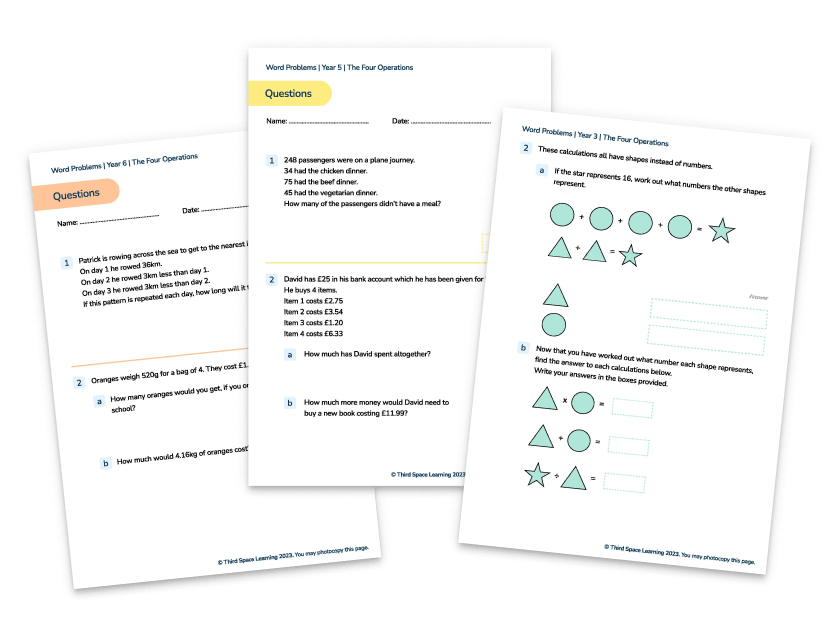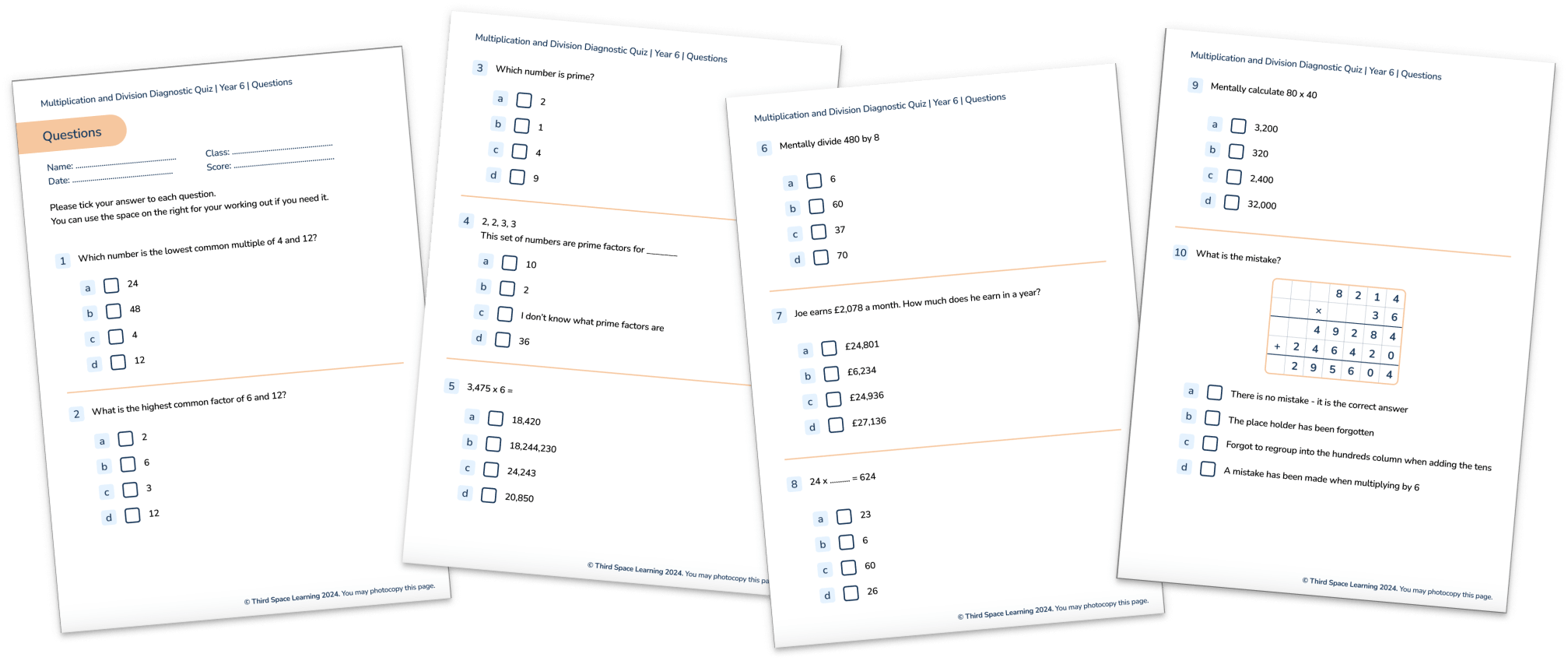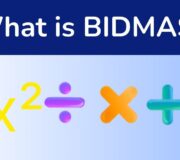What Is Short Division? Explained For Primary School
Short division is a written method of division that is introduced in KS2. It is important that children understand the concept of division before this method is taught as short division is quite an abstract process.
- What is short division?
- How to do short division
- Short division with remainders
- How to teach short division
- When do children learn about short division in school?
- How does short division relate to other areas of maths?
- How does short division link to real life?
- Short division worked examples
- Short division practice questions
- Short division FAQs
What is short division?
Short division is a formal method of division often used when dividing any number by a one digit number. For example, when dividing 78 by 3, you can use short division.
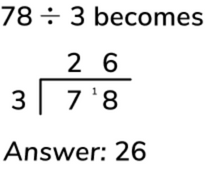
You can also use short division when the divisor is a two digit number, where that two digit number is a familiar divisor, as in this example for 168 ÷ 12.
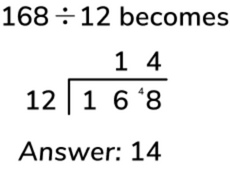
You may see short division referred to as the bus stop method of division. It is different from the long division method in that the written method is more compact.
See below further examples of short division taken from the national curriculum appendix 1.

See also: What is division
Multiplication and Division Diagnostic Quiz
Download this free multiplication and division diagnostic pack to identify gaps in learning and help students to strengthen their maths skills.
Download Free Now!How to do short division
The dividend (number being divided) is placed inside the ‘bus-stop’; the divisor (number the dividend is being divided by) is placed to the left of the ‘bus-stop’; and the quotient (answer) is placed above. Unlike addition, subtraction and multiplication methods, here we work left to right (from the biggest place value digit to the smallest) to solve the division problem.
Example 1: dividing whole numbers
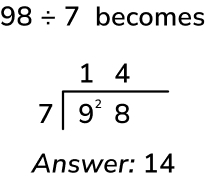
Start with the first digit of the dividend – in this example, 9, which represents 9 tens. 9 tens divided by 7 is 1 ten (place this digit above the 9, the tens column) with 2 tens remaining (place this digit to the left of the next digit in the dividend). These 2 tens represent 20 ones.
Move onto the next digit of the dividend – in this example, 8 (representing 8 ones) but we also have the 20 ones from the previous division, so our next step is 28 ones divided by 7. This is 4, so place the 4 above the 8, in the ones column. This makes our quotient 14.

Unlimited primary maths tutoring with Skye, the voice-based AI maths tutor.
Built on the same principles, pedagogy and curriculum as our traditional tutoring, but with more flexibility, reach and lower cost.
Join the schools already helping hundreds of primary pupils nationwide with Skye’s one to one maths tutoring.
Watch Skye in actionExample 2: dividing decimals
Short division with remaindersShort division can also be used to divide decimals. As in all short division calculations, make sure the digits are all aligned correctly- and don’t forget the decimal point in the quotient as well as the dividend!

Short division with remainders
The method is the same in division with remainders, but the remainder can be expressed in one of three ways – two of these are as purely a remainder (e.g. r1 in the example below) or as a fraction (e.g. \frac{1}{11} in the example below – the remainder of 1 becomes the numerator of the fraction and the divisor, 11, becomes the denominator).
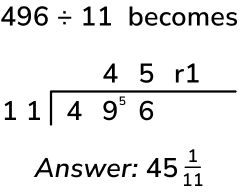
The third way is as a decimal – this can be a little trickier depending on the remainder. The first example below shows the division with a standard remainder; the second shows the remainder expressed as a decimal.
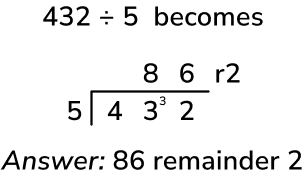

The method is the same as above but once the division of the ones digit has been completed, add a decimal point and a zero to the end of the dividend to essentially ‘continue’ the division.
In this case, after calculating that 32 ones divided by 4 is 6 ones with 2 remaining, the 2 remaining ones can be seen as 20 tenths instead. We can then divide 20 tenths by 5, which is 4 tenths, hence the quotient being 86.4. This is the same as 86r2 as, when dividing by 5, a remainder of 2 is the same as ⅖, which is equivalent 4 tenths.
If the decimal remainder is longer than one decimal place, continue to add 0s to the dividend until the division is complete (or if the decimals continue for a long time, just round up!)
How to teach short division
Take 73 ÷ 3. Starting with concrete materials – such as place value counters in the example below – demonstrate sharing 73 into 3 equal groups. In this case, 7 tens can be split into 3 groups of 2 tens, with the 7th ten having to be exchanged for 10 ones. We are then left with 13 ones which can be shared equally into 3 groups with 1 remaining. This shows that 73 ÷ 3 = 24r1.
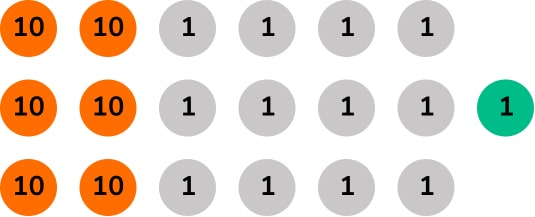
We can then move onto representing this pictorially, using circles to represent tens and dots to represent ones (not forgetting to use the inverse to check!)

Finally, we can show this using the abstract method of short division: 7 tens shared into 3 groups is 2 tens with 1 ten remaining; 1 ten exchanges for 10 ones; 13 ones shared into 3 groups is 4 ones with 1 remaining.

Read more about how to teach short division.
When do children learn about short division in school?
In primary school, a formal method of division isn’t taught until KS2.
Year 4 non-statutory guidance: Pupils practise to become fluent in the formal written method of short multiplication and short division with exact answers
Year 5: Pupils should be taught to divide numbers up to 4 digits by a one-digit number using the formal written method of short division and interpret remainders appropriately for the context.
Year 6: Pupils should be taught to divide numbers up to 4 digits by a two-digit number using the formal written method of short division where appropriate, interpreting remainders according to the context.
How does short division relate to other areas of maths?
Short division is often required in multi-step problem solving (division word problems often require more than one mathematical operation to find the answer).
In Year 6, children are required to calculate decimal fraction equivalents for a simple fraction – for example, to work out the decimal equivalent of \frac{7}{8}, children would need to divide 7 by 8, which may require a short division method but where the dividend is a single digit (this can be made into 7.000 ÷ 8 in this case as the answer has 3 decimal places!)
How does short division link to real life?
Whenever something needs to be shared equally between two or more groups and the division cannot be done mentally, short division is required. This could be cost (e.g. a £174 bill between four people), distance (e.g. working out the halfway point between two destinations), weight (a 17kg bag of potatoes shared six ways) or much more!
Short division worked examples
1. I have 432 books I need to share equally between 12 shelves. How many books can I fit on each shelf?
432 divided by 12 can be calculated using the short division method below:

This shows that 36 books can be put on each shelf.
2. A farmer is packing eggs. Each box holds six eggs. The farmer has 980 eggs to pack. How many boxes can the farmer fill using 980 eggs and how many eggs will be left over?
980 divided by 6 can be calculated using the short division method below:

This shows that the farmer can fill 163 boxes with 2 left over.
3. Saad posts three packages. The postage costs the same for each package. He pays with a £20 note. His change is £14.96. What is the cost of posting one package?
This is a two-step problem. Firstly we need to work out how much he paid by subtracting the change from £20, which comes to £5.04. We then need to divide this by 3 to find out how much each package cost, which is £1.68. (When dividing decimals, don’t forget to include the decimal in the quotient as well as the dividend!)

This shows that the cost of posting one package is £1.68.
Short division practice questions
- 3,480 ÷ 8. Answer: 435
- What is £40.26 shared between 6 people? Answer: £6.71
- 3 pens cost the same as 2 rulers. One ruler costs £1.35. How much does one pen cost? Answer: 90p
- A spoonful is 5ml. How many spoonfuls can you get from a 275ml bottle? Answer: 55
- There are 275 children in Park School. They get into groups of eight. What is the largest number of groups of eight that they can make? Answer: 34
Third Space Learning offers a wide selection of maths activities and worksheets including short division worksheets and other division worksheets. For our complete library of primary maths resources visit our maths hub.
In addition to learning and teaching resources, Third Space Learning also provides AI maths tutoring with Skye, with each programme and session tailored to the specific needs of each child.
Third Space Learning offers a wide selection of maths activities and worksheets including short division worksheets and other division worksheets. For our complete library of primary maths resources visit our maths hub. In addition to learning and teaching resources, Third Space Learning also provides one-to-one online maths tutoring, with each programme tailored to the specific needs of each child.
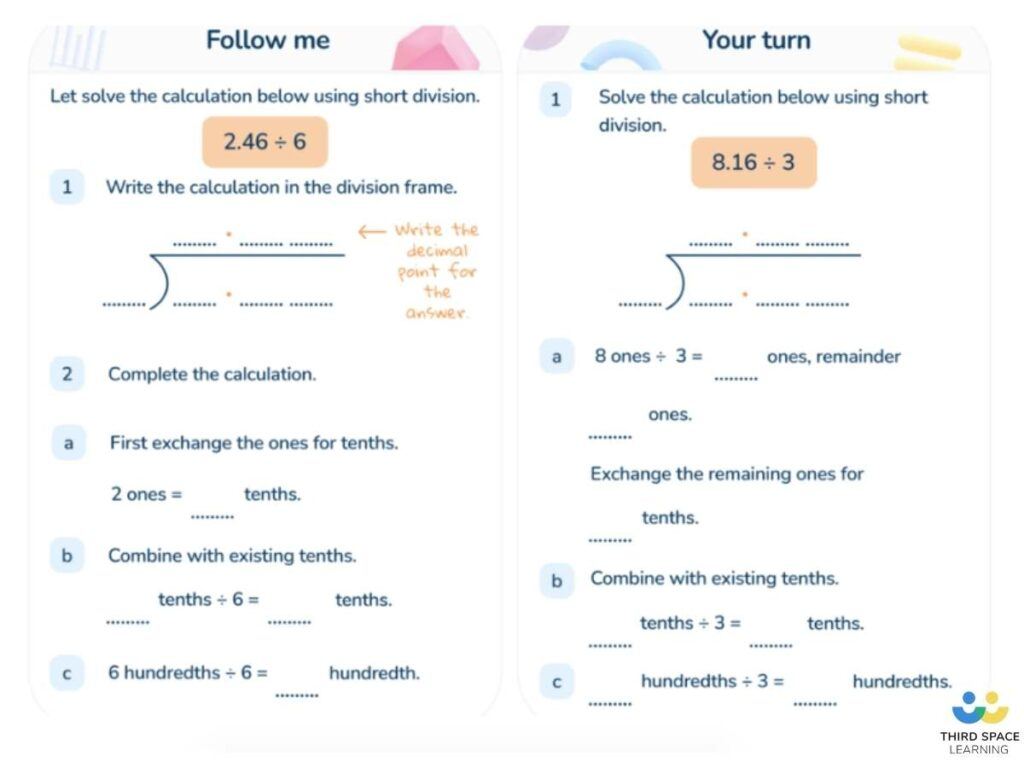
Short division FAQs
They are both formal methods of division, also known as the bus-stop method. Short division looks, visually, more compact than long division, and is used when children are confident with the bus-stop method. Another method of division you may have heard of is ‘chunking’, which is commonly associated with long division.
The dividend (number being divided) is placed inside the ‘bus-stop’; the divisor (number the dividend is being divided by) is placed to the left of the ‘bus-stop’; and the quotient (answer) is placed above.
Unlike addition, subtraction and multiplication methods, here we work left to right (from the biggest place value digit to the smallest). Divide each digit of the dividend one at a time by the divisor – place the answer to each step of the division above the ‘bus-stop’ and any remainders before the next digit (see examples above).
Continue until your quotient is complete! This may be a whole number or it may have a remainder which can be expressed as a standard remainder, a fraction or a decimal.
The same as you would with 1 digit! However, as this involves larger numbers and therefore trickier calculations, the long division method would probably be more appropriate depending on your level of confidence with the short division method.
Read more:
DO YOU HAVE STUDENTS WHO NEED MORE SUPPORT IN MATHS?
Skye – our AI maths tutor built by teachers – gives students personalised one-to-one lessons that address learning gaps and build confidence.
Since 2013 we’ve taught over 2 million hours of maths lessons to more than 170,000 students to help them become fluent, able mathematicians.
Explore our AI maths tutoring or find out about online maths tuition for your school.
